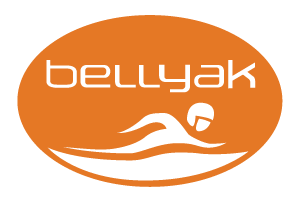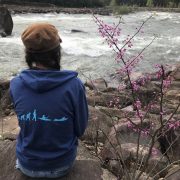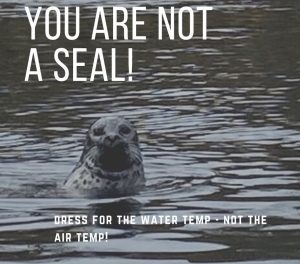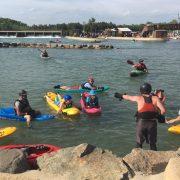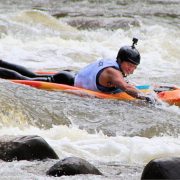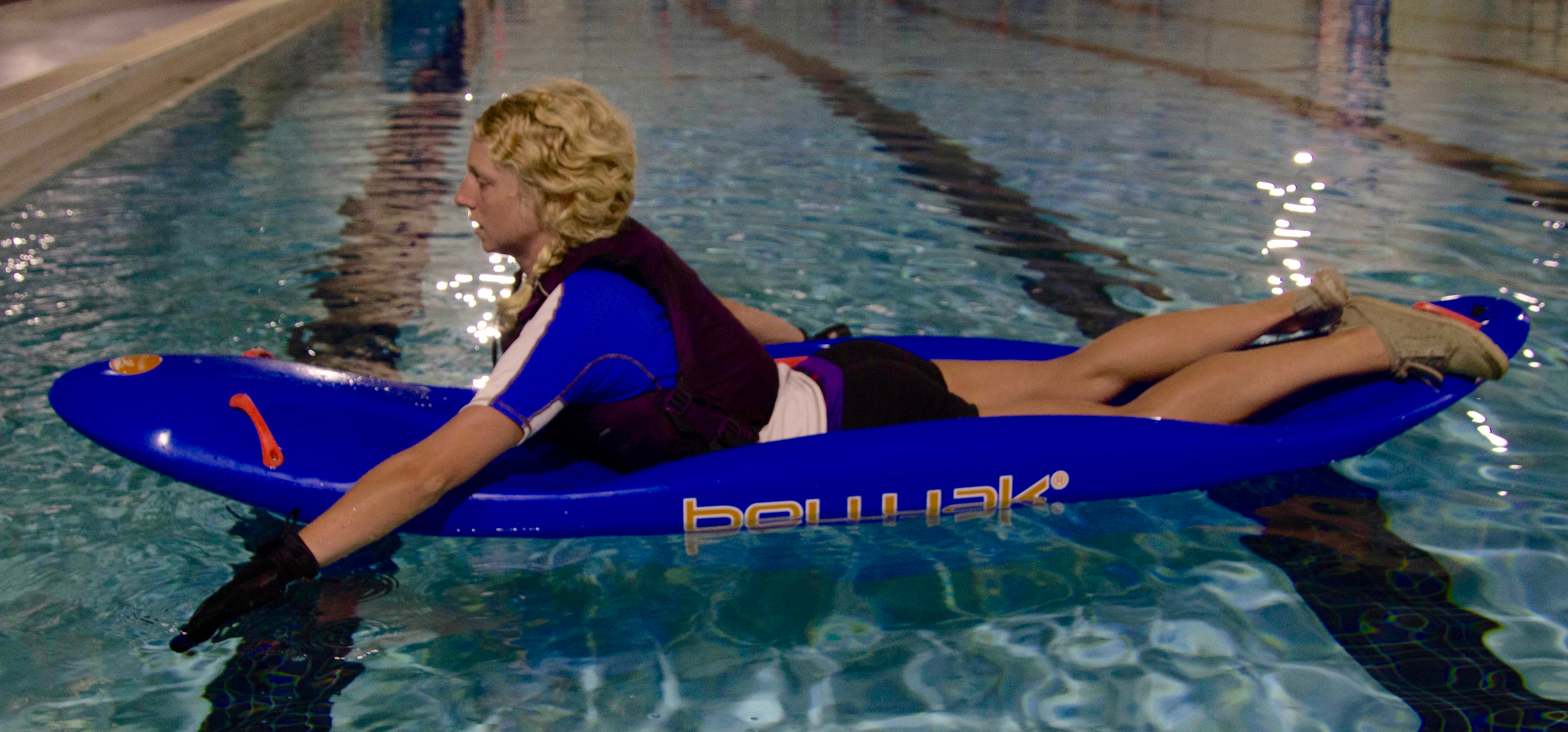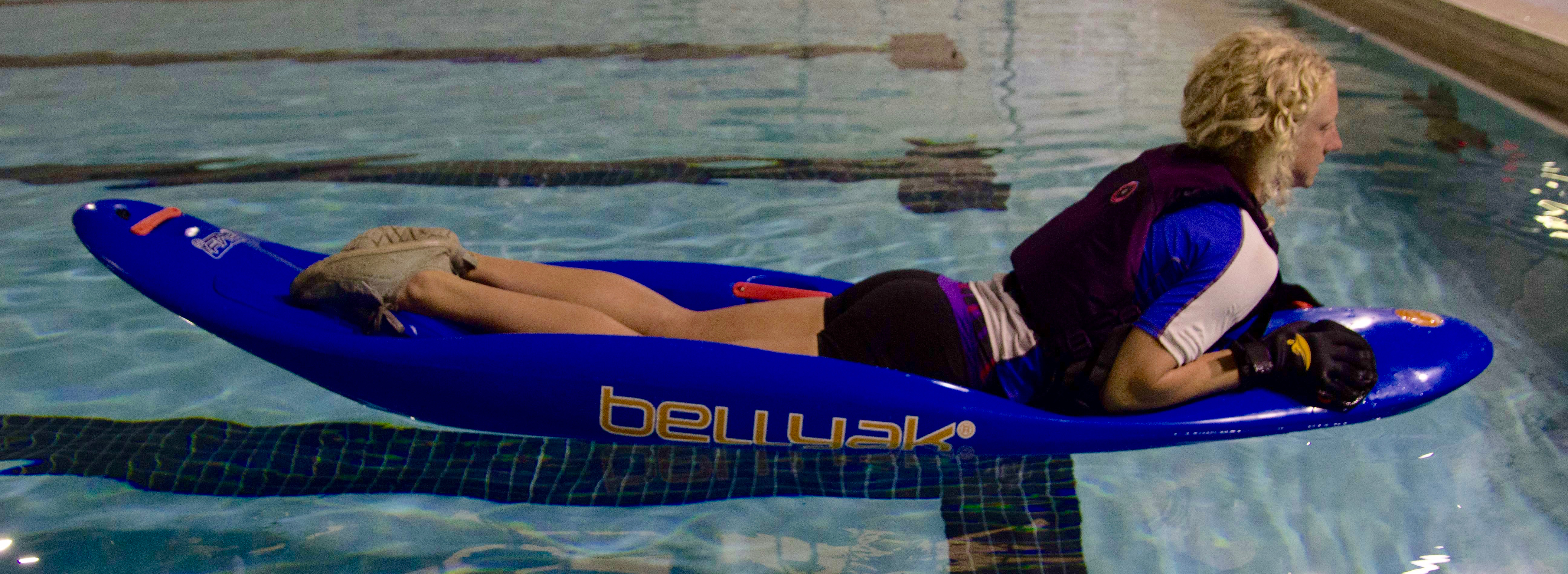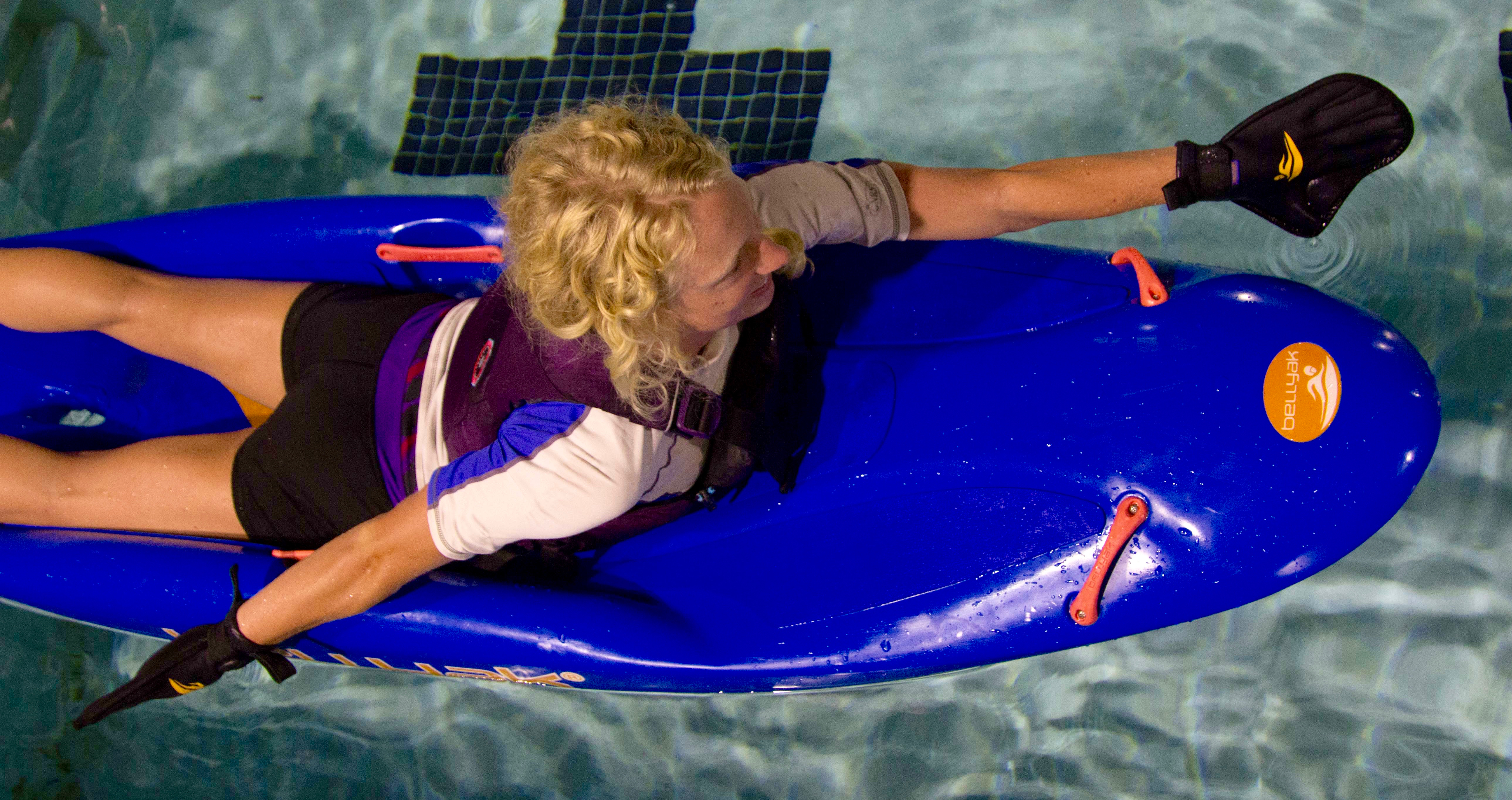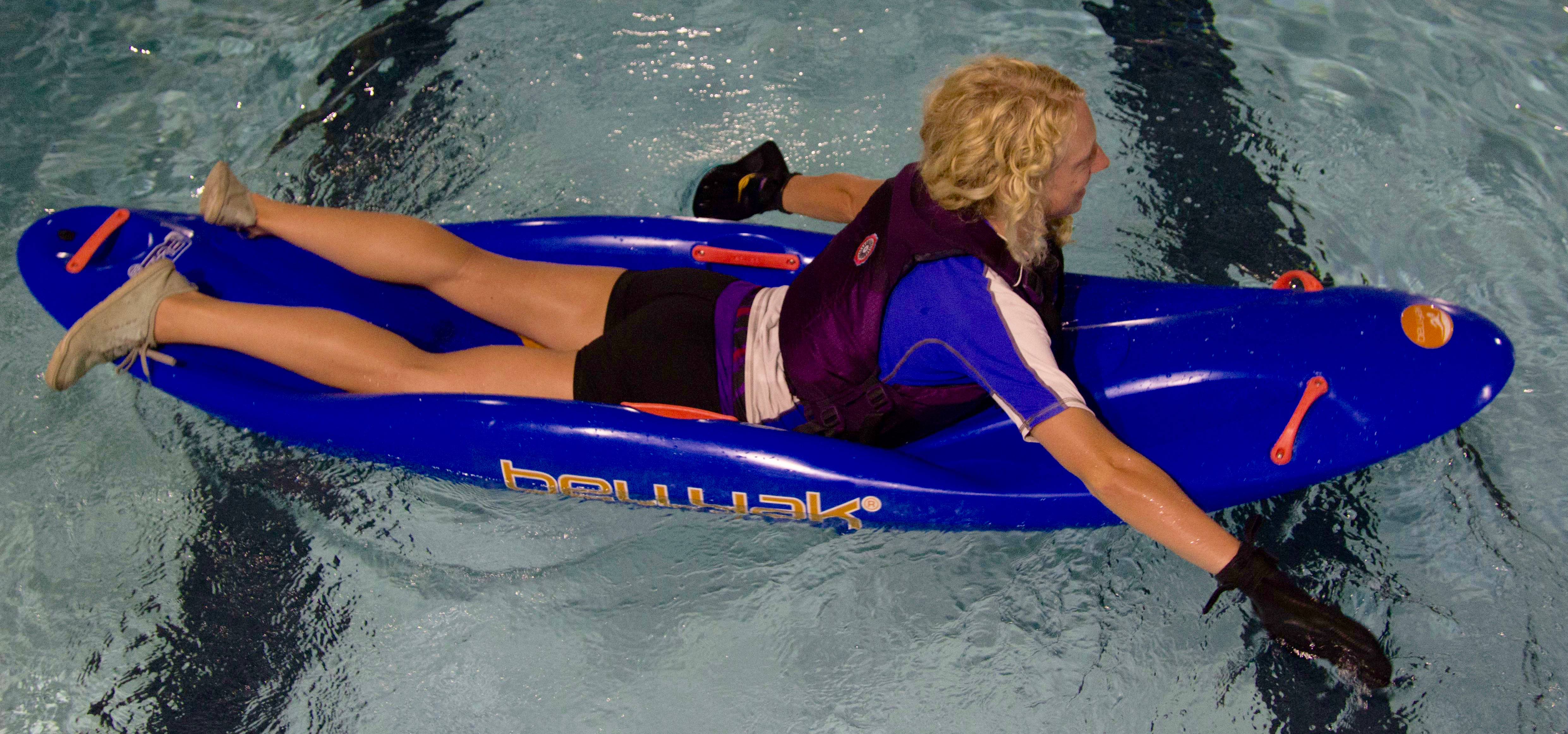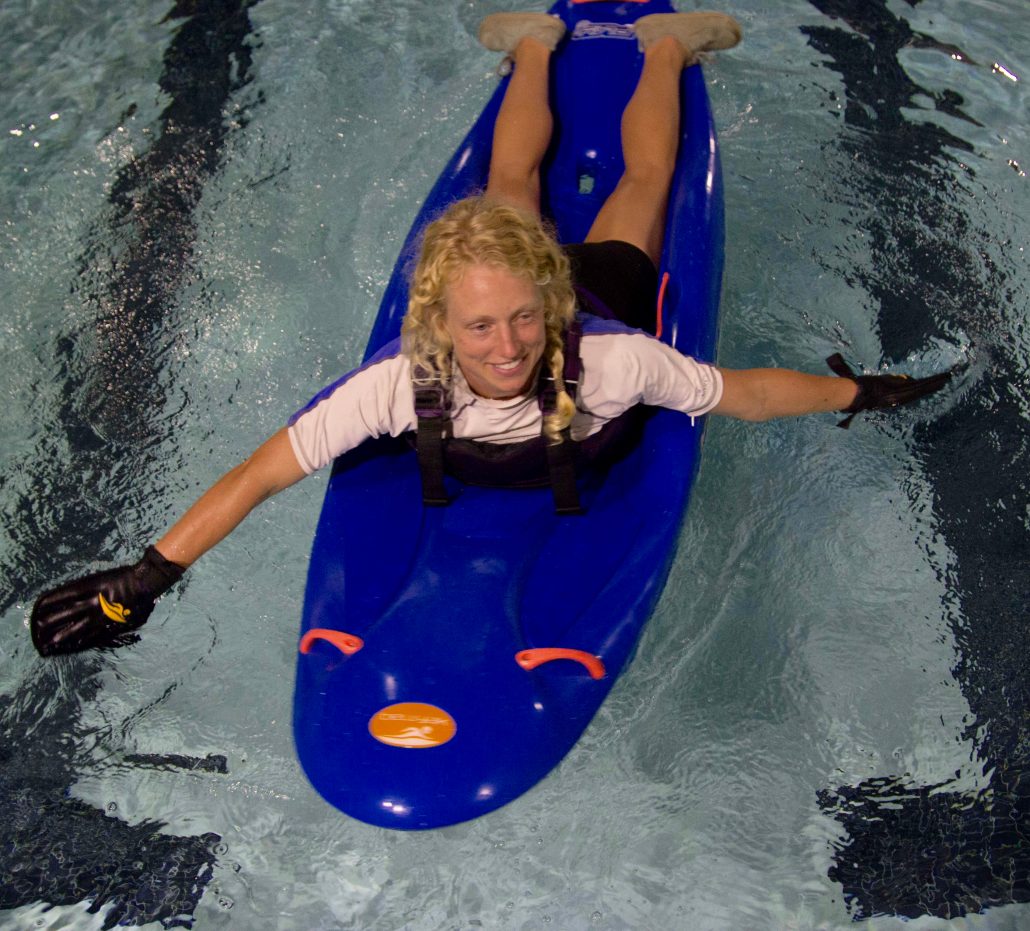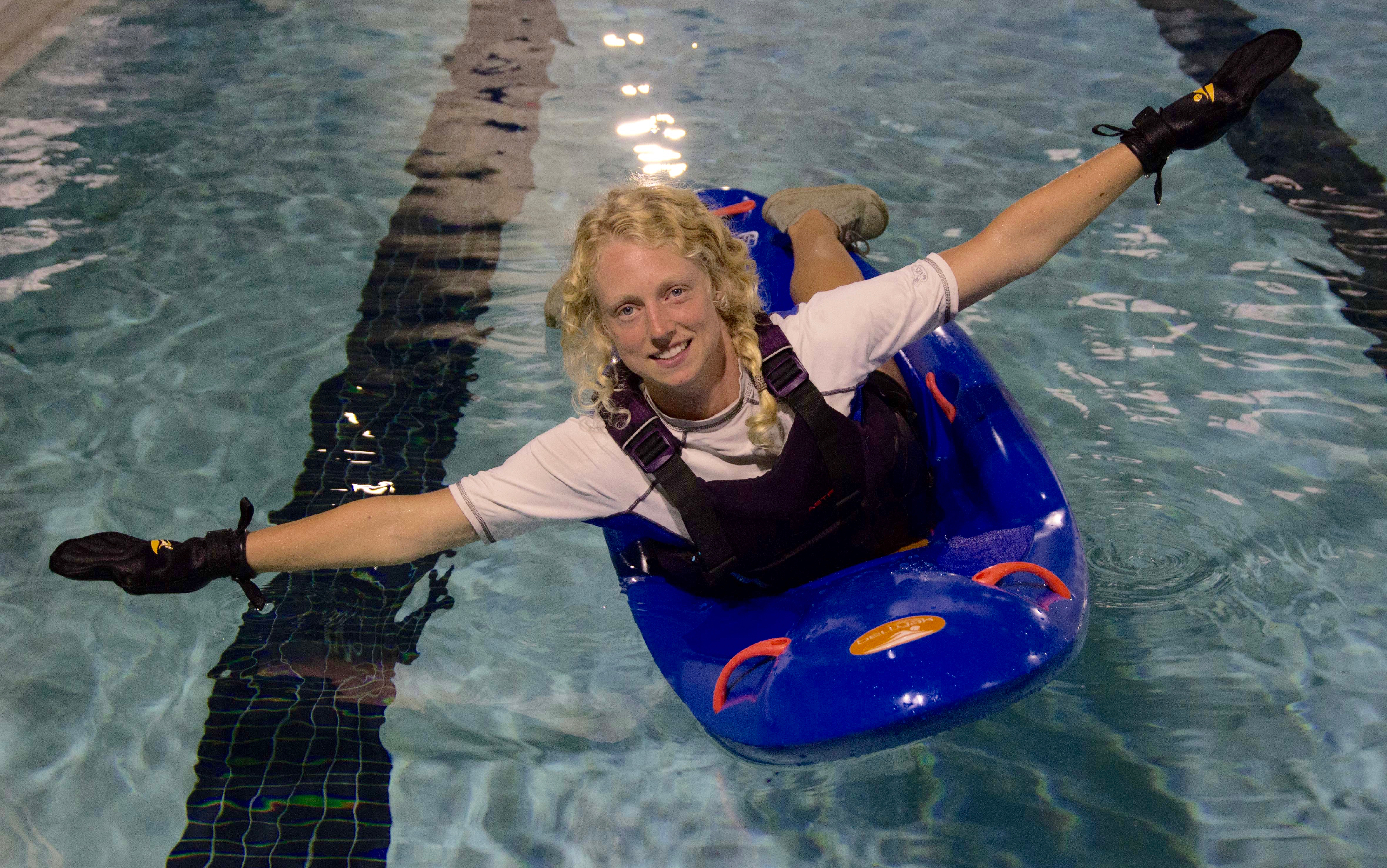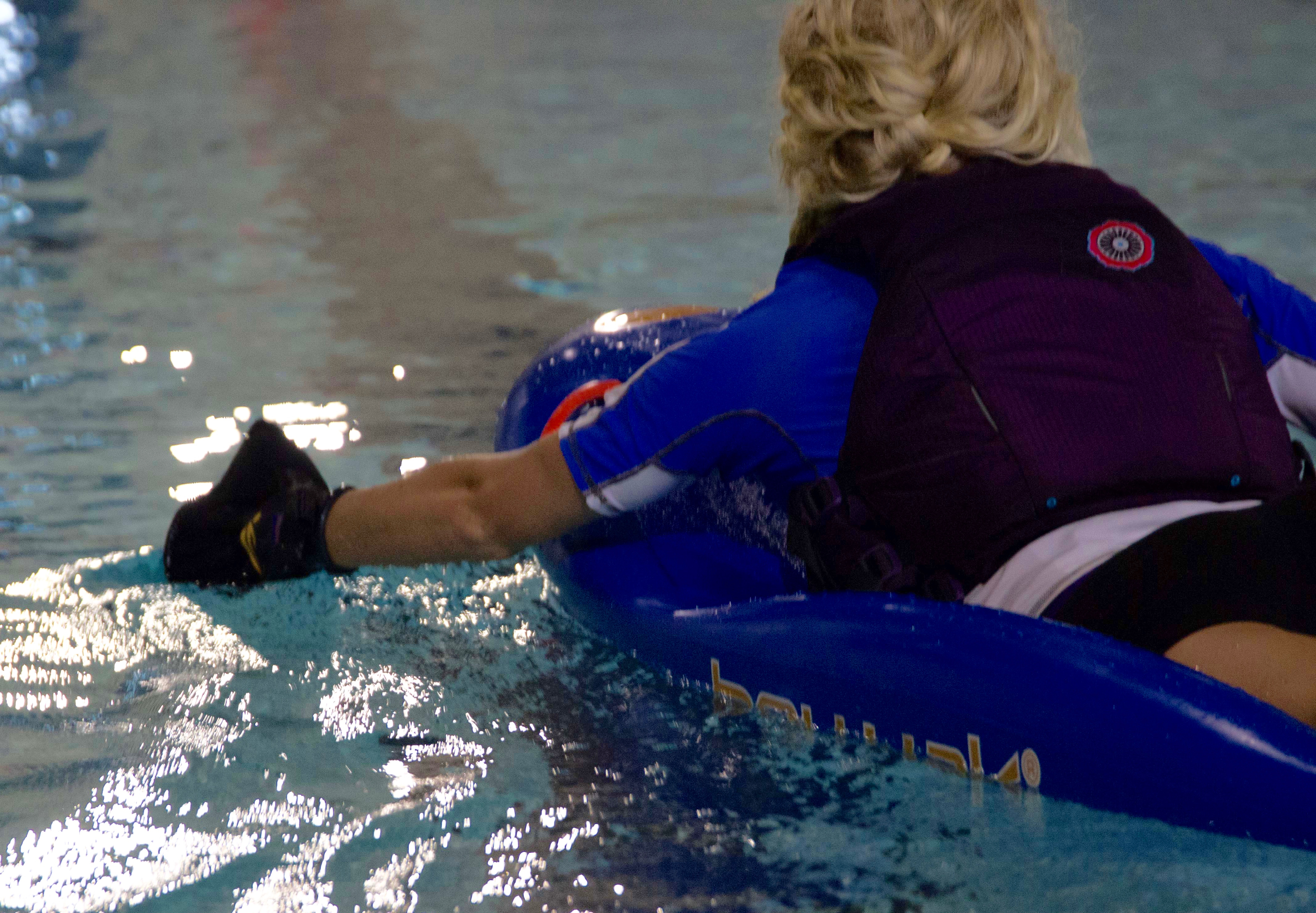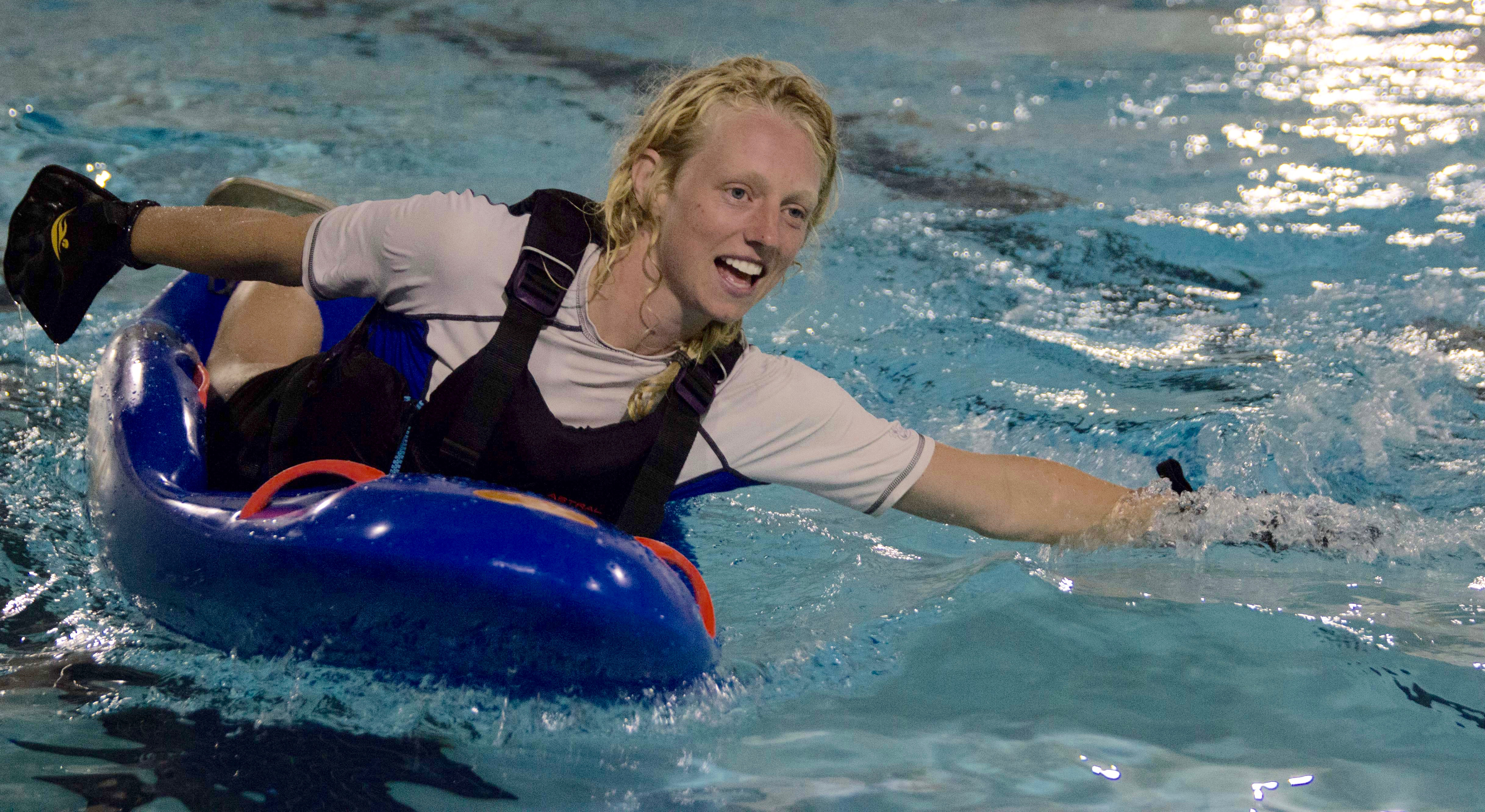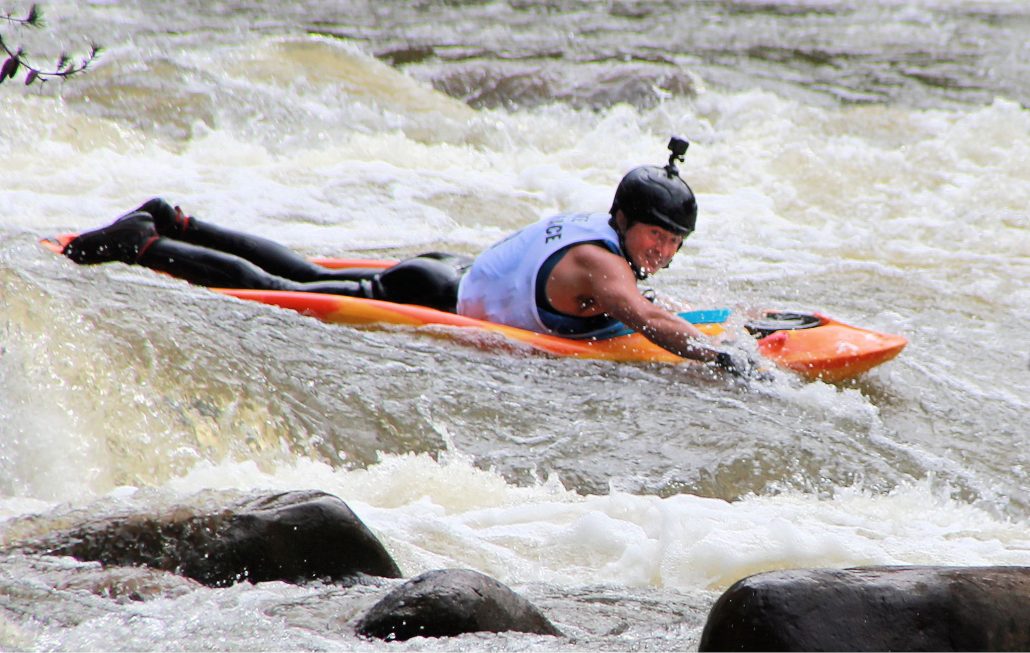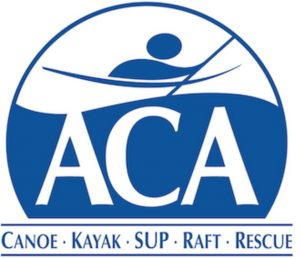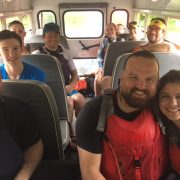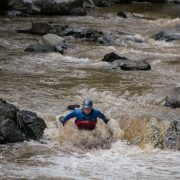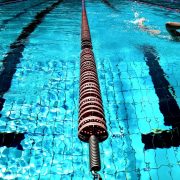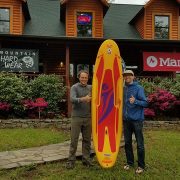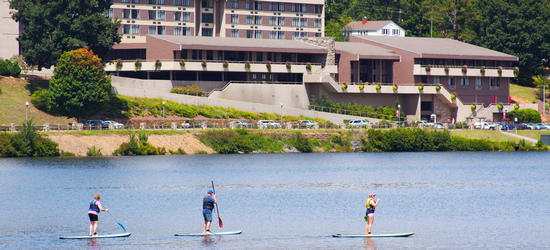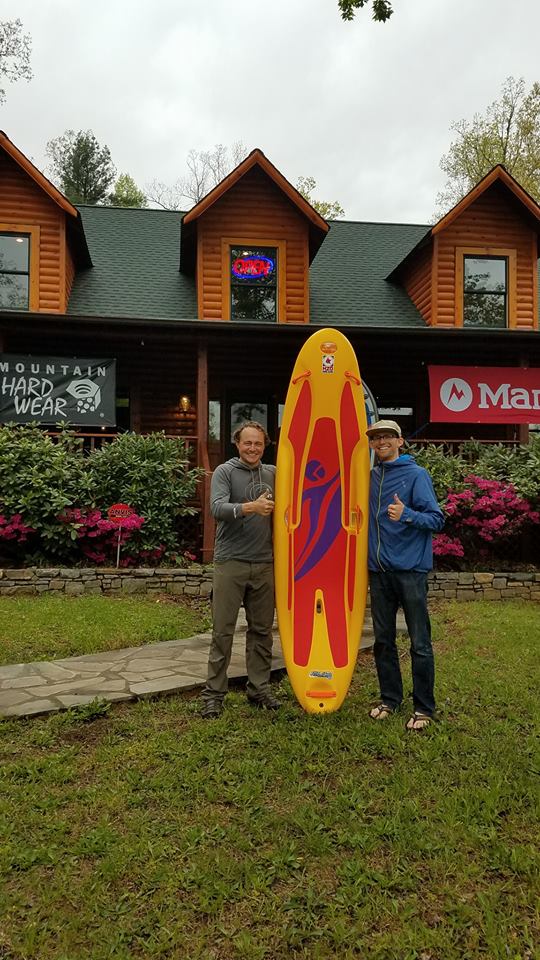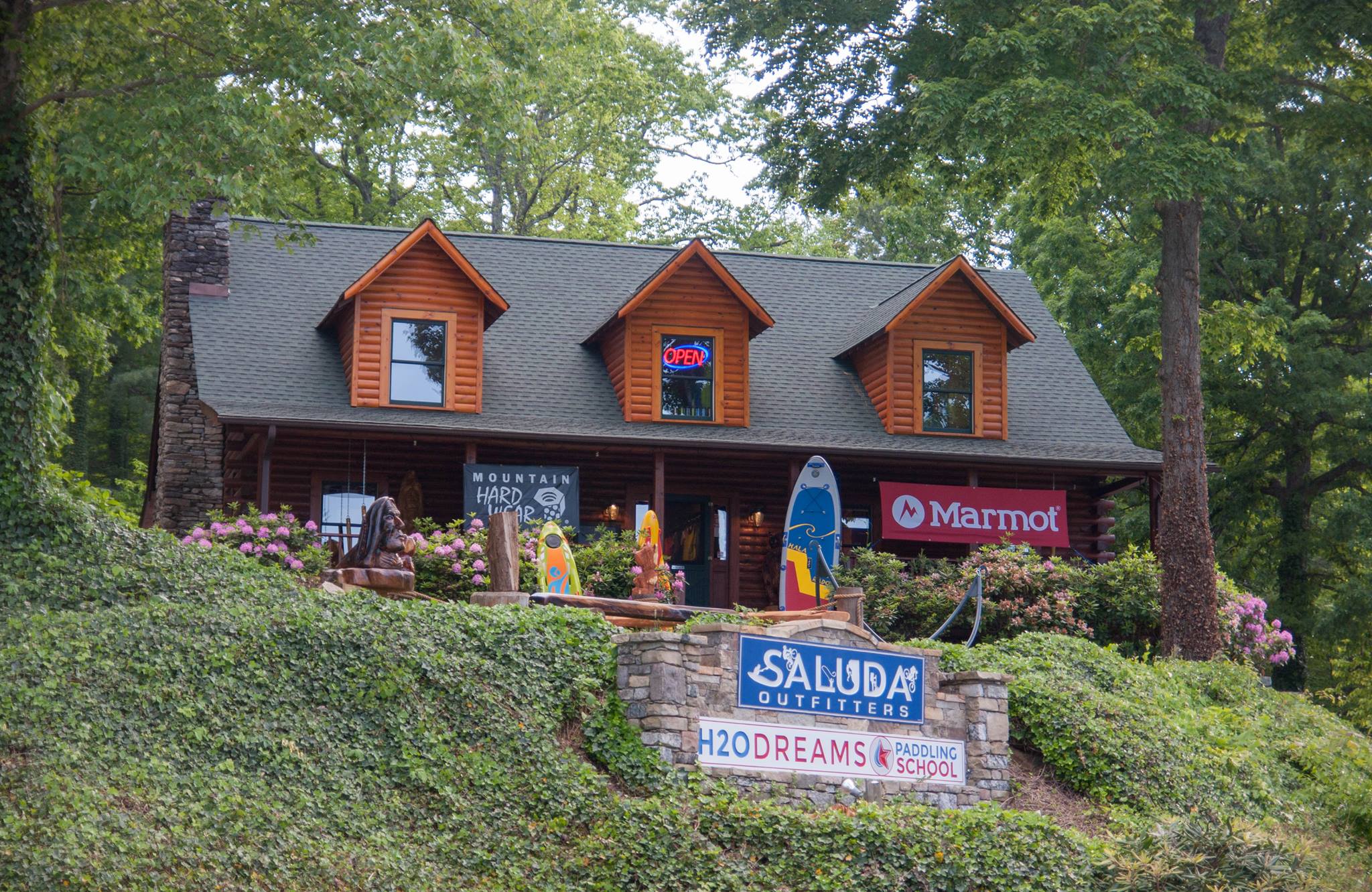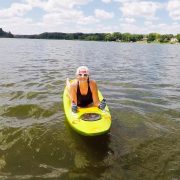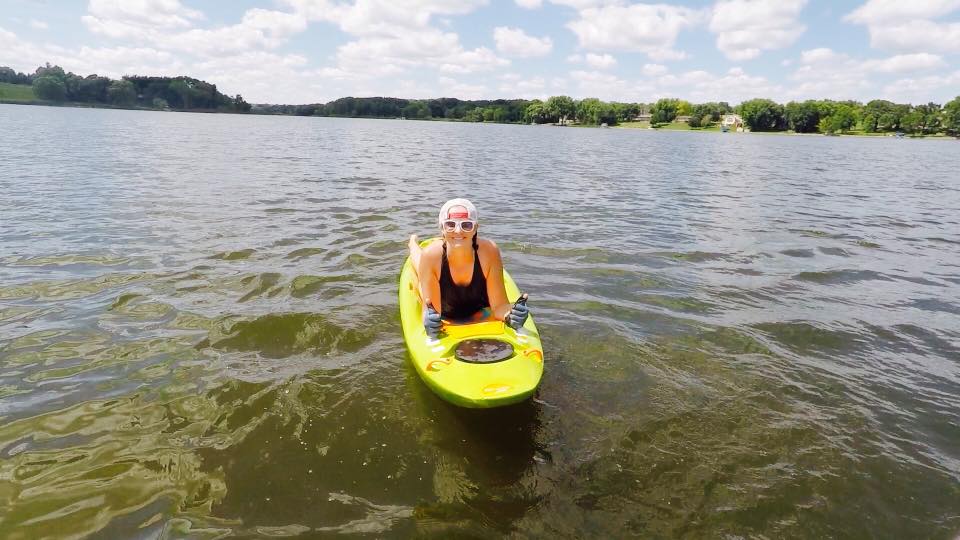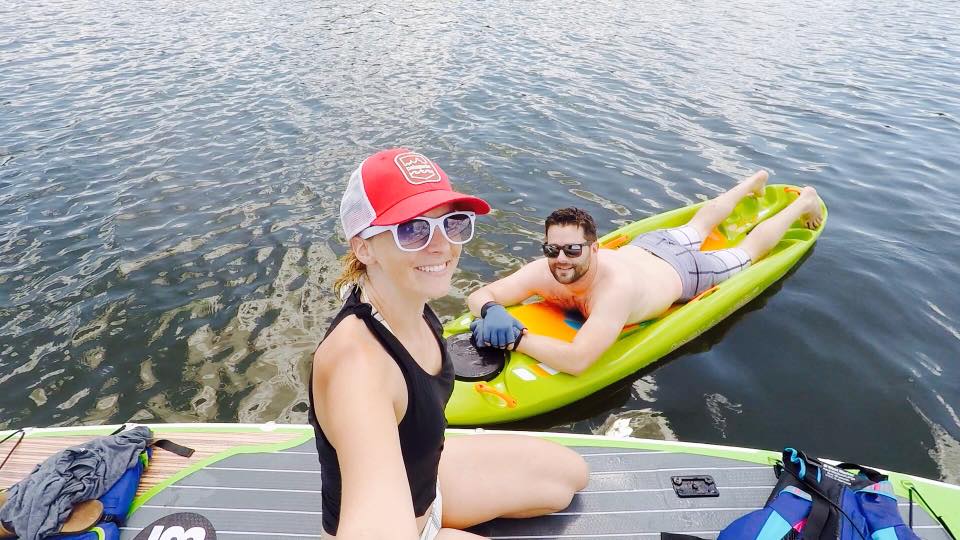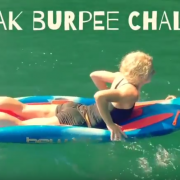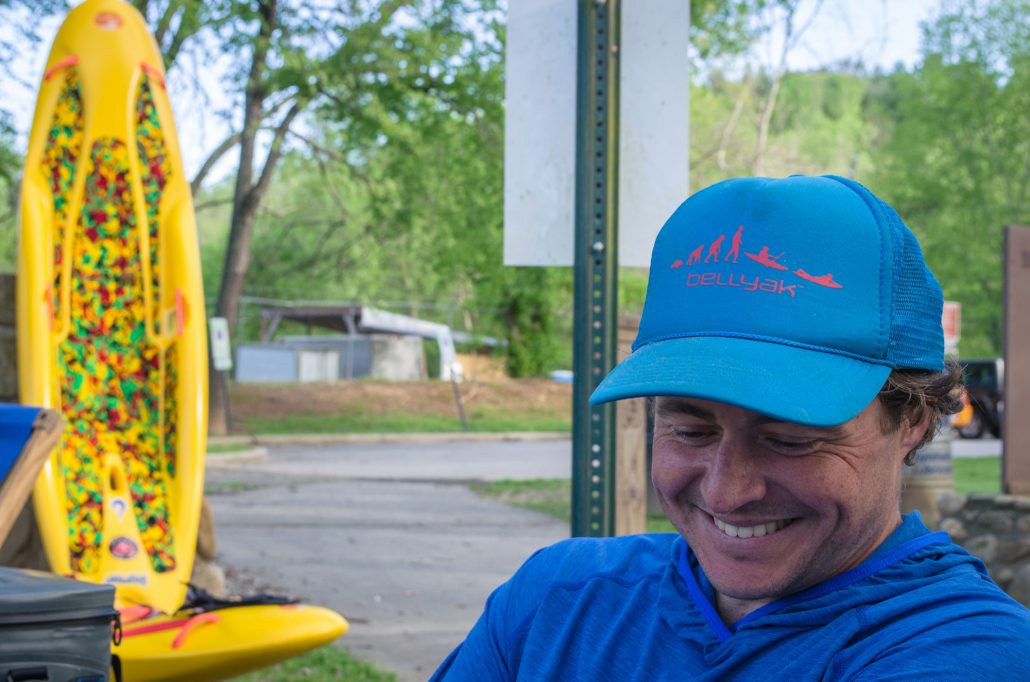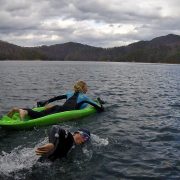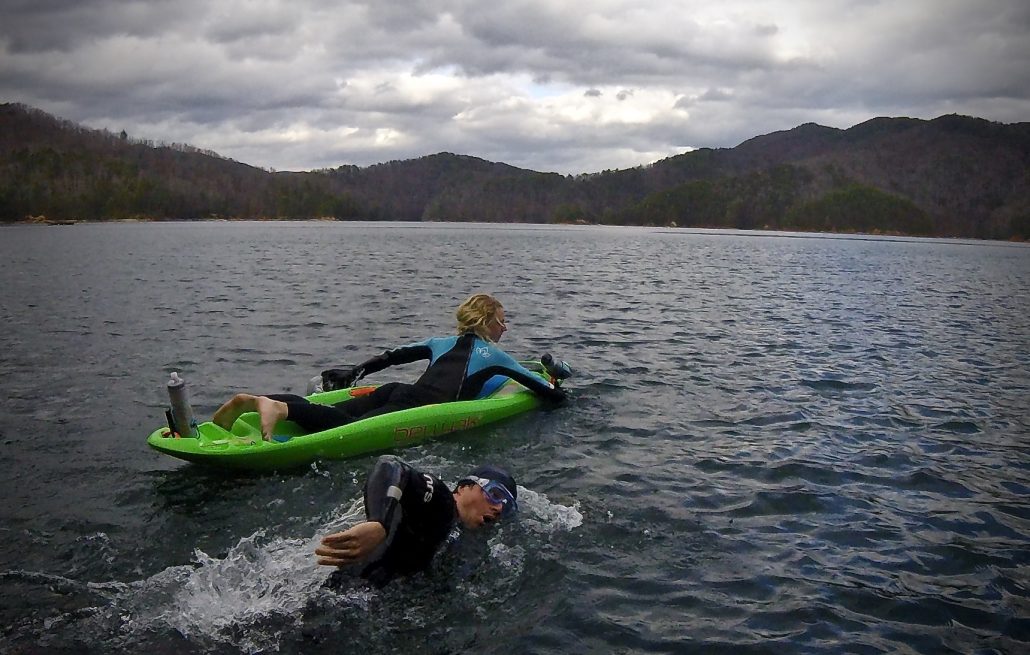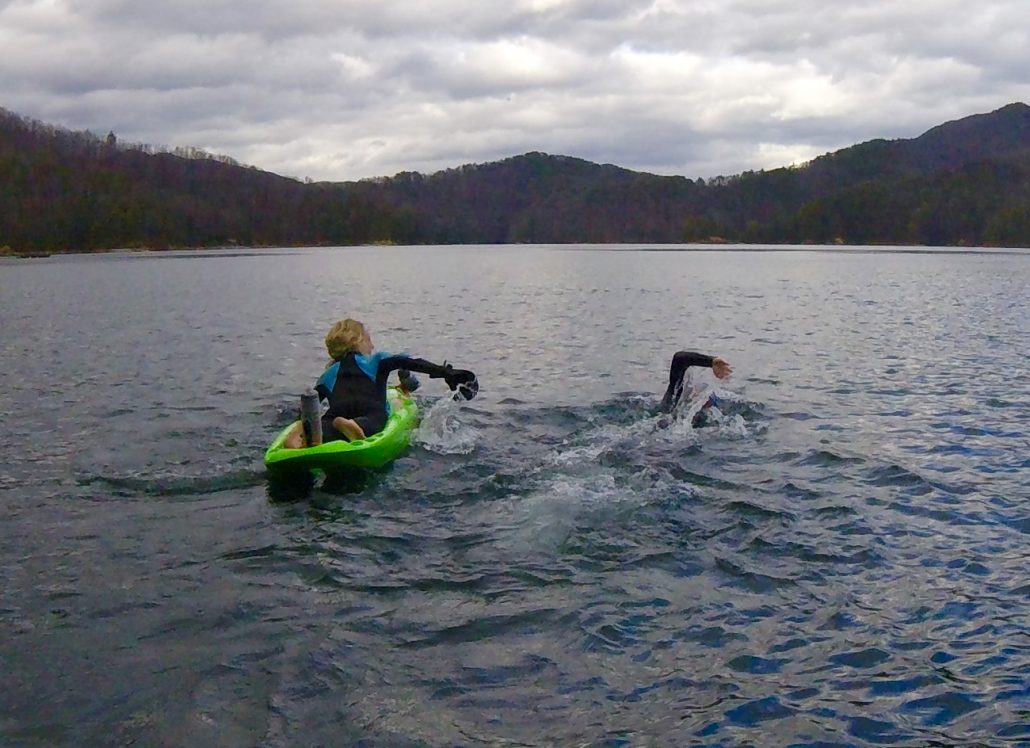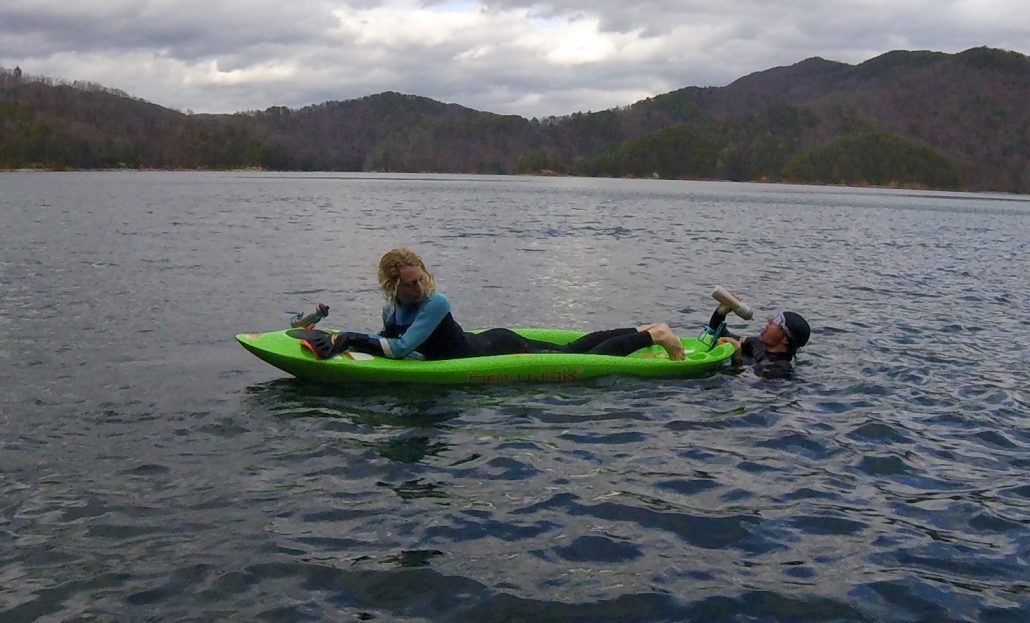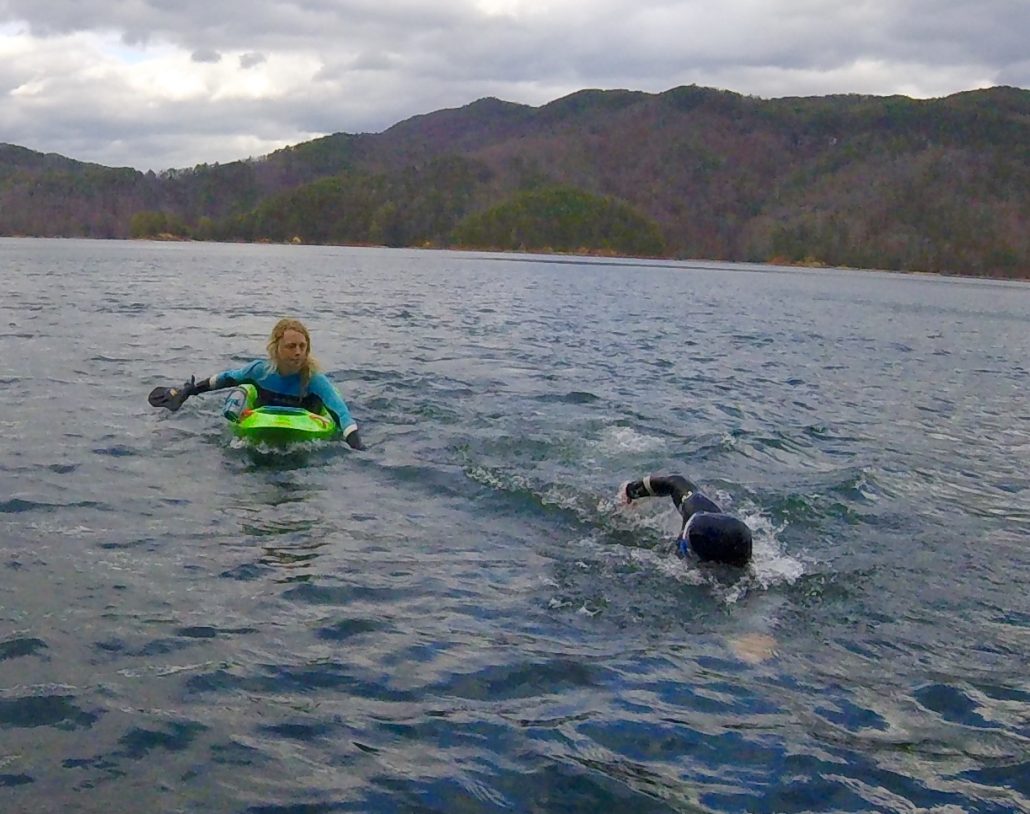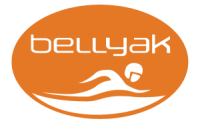Tips for Spring Time Paddling
The sun is out, the pandemic is hopefully in our rearview, and everyone is itching to get outside. There are some crucial tips to remember before your first trip of the spring.
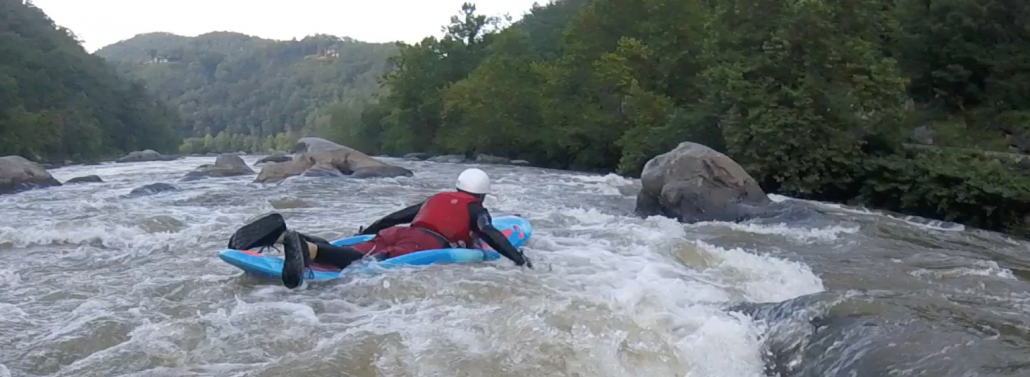
Pre-Trip:
Double check your bellyak…are all the handles tight? Is the pad adhered on all sides? No glue is perfect (though ours is pretty close). If your pad is peeling up, take the time to make sure the boat is dried out and cleaned as much as possible, and use contact cement or our favorite, 3M Super 77. Spray both sides, allow to dry until tacky, then press together. Did you store your boat in the weather all winter? Need a new pad? Order one here.
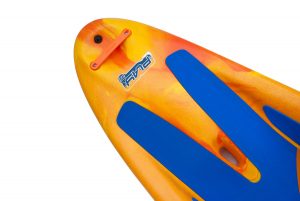
Drain plug:
Some of you store your bellyak with the drainplug open. Is it still there? Screwed in? Your boat will paddle MUCH better if not full of water. If you are missing a drain plug, contact us. We’ll take care of you. In a pinch? A piece of ducttape over the hole will do.
Dress for the water temp, not the air temp:
Here in the southeast, springtime temps can vary more than 40 degrees between day and night. There can be a dramatic fluctuation between sun and shade as well. Don’t make the mistake of being hot at the put in because you are in a sunny parking lot…further downstream around the next bend could be a whole lot cooler! I wear a drysuit with thin layers underneath for maximum spring time comfort, or a 3/2 wetsuit. It’s better to be hot at the put in, since you will invariably cool off once you are in the water. Remember, DRESS FOR THE WATER TEMP, NOT THE AIR TEMP.
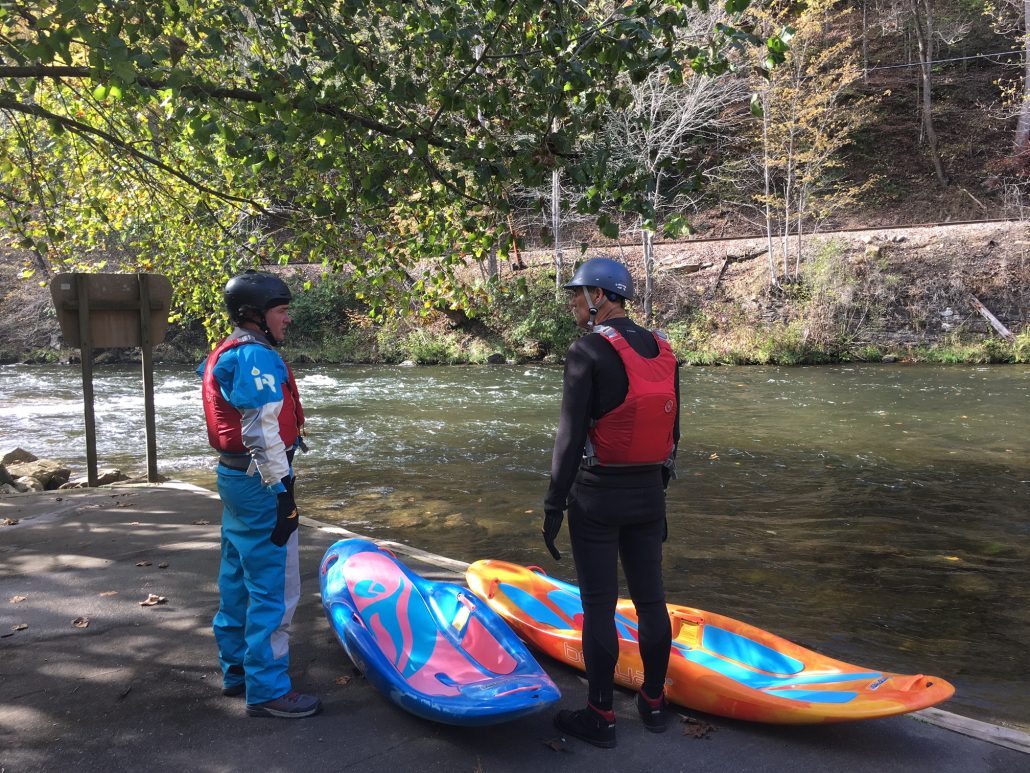
Speaking of water temp: it takes a while for most rivers to warm up past the fifties. Fifty four degree water is extremely chilly. If the nights are still regularly in the 30s and 40s, it will take a while for the water temp to catch up. Check sites such as this for water temp: https://waterdata.usgs.gov/nwis/uv?03451500
Length of Trip:
If you’ve been working out and/or staying active all winter, then good on ya. If you’ve been like most people and only worked out the first two weeks of January, then take it easy on your first trip. Bellyaking is strenuous and uses a lot of energy. We suggest having an easy ‘break in’ run where you can get your arms and bellyak shoulders warmed back up. Check out this blog.
Post Trip:
The takeout will almost always be colder than the put in. We suggest a warm layer for when you get off the river. Our favorite? The Recover Brand Bellyak Hoody. Wear it commando style post paddling. Just remember to leave it in your takeout car.
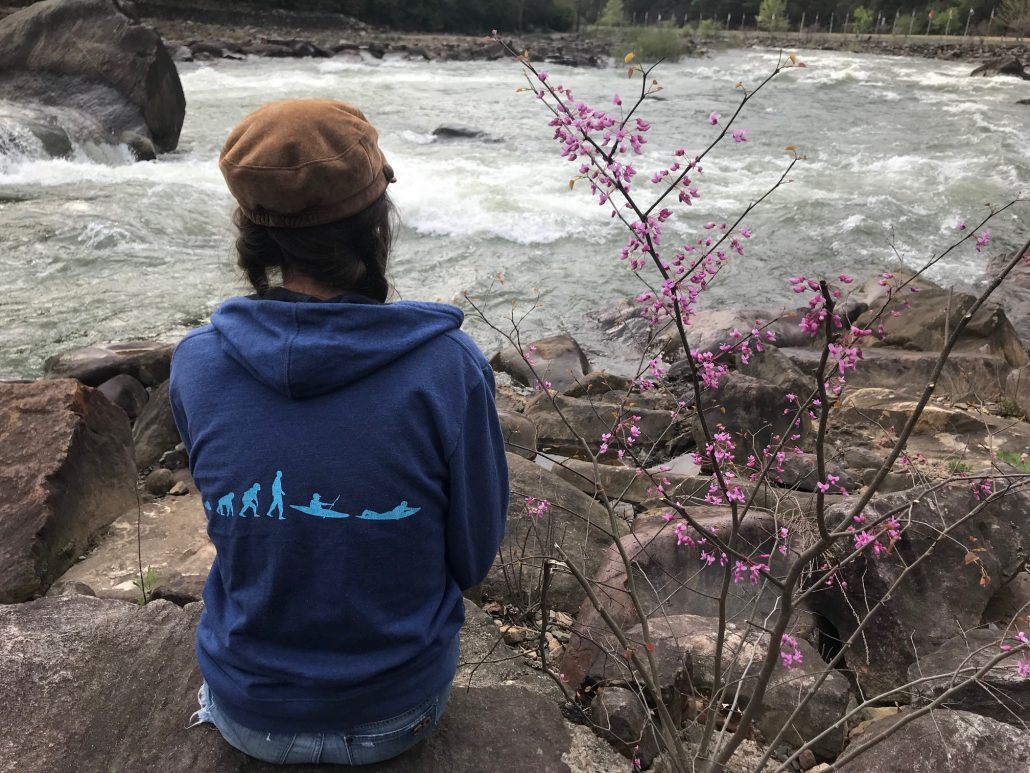
Food and Beverage:
Leave your future self something when you leave the car at the takeout. You may not be hungry now, but you will be after paddling. Get creative, buy a burrito, wrap it in a towel, put it in a cooler. Plan ahead! One of the best parts about owning a Bellyak get fit, have fun, eat,sleep, repeat.
See you on the water!
